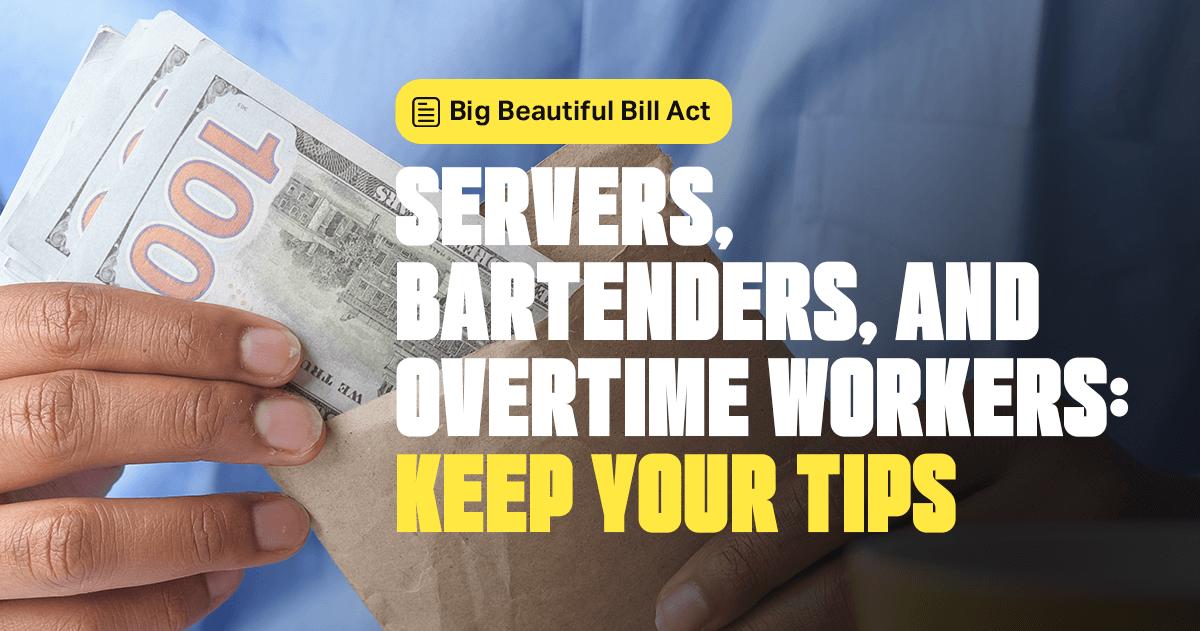Your accountant calls it “charitable giving.” The wealthy call it “tax-advantaged wealth transfer with hiring benefits for the family.”
Same paperwork. Completely different game.
Most entrepreneurs think charitable giving means writing a check to the Red Cross and getting a tax deduction. That’s contributor thinking. Creators understand that the smartest families don’t just give money away. They build structures that let them keep control, reduce taxes, hire their children, and create legacies that compound for generations.
Welcome to the world of private family foundations.
What Your CPA Isn’t Telling You
When you donate to charity, you get a tax deduction and feel good about helping others. When wealthy families “donate” to their own private foundation, they get a tax deduction, maintain complete control over the money, hire their family members to run it, and take legitimate business trips to research their charitable mission.
Both are following the law. One side just knows the rules better.
A private family foundation is exactly what it sounds like: a legal entity that you control, fund, and operate to pursue charitable purposes you choose. You can focus on anything—helping underprivileged children, supporting education, funding medical research, or even creating Christmas experiences for families who can’t afford them.
The difference between this and cutting a check to someone else’s charity? You keep the money in your ecosystem.
Two Ways to Play: Flow-Through vs. Operating
Not all foundations are created equal. Understanding the difference between flow-through and operating foundations changes everything about how you structure your approach.
Flow-Through Foundations are simpler. You can deduct up to 30% of your adjusted gross income annually. These foundations don’t have to actually do much. They can just collect money from you and other donors, then pass it along to operating foundations that match your mission. Think of it as a sophisticated middleman that gives you more control than writing checks directly to charities.
Operating Foundations are where things get interesting. You can deduct up to 60% of your AGI annually, but you actually run programs and activities. This is where you can hire family members, take legitimate research trips, and build something meaningful while creating legitimate tax benefits.
The key difference? Operating foundations let you deduct more and hire your family. Flow-through foundations are simpler but more limited.
The Family Employment Strategy
Here’s where private foundations become wealth-building tools rather than just charitable vehicles.
You can legitimately hire your family members to run your foundation. Your spouse could be the CEO. Your children could work part-time helping with operations. Your siblings could serve on the board of directors.
But there are rules—three of them:
- Get outside donations: You can’t be the only person funding the foundation and also hire your family. You need other donors, even if they’re contributing small amounts.
- Create real jobs: No made-up positions. If you hire your daughter as the foundation’s social media manager, she better be actually managing social media.
- Pay fair wages: You can’t pay your wife $400,000 to run a small foundation. Compensation must match the role and the foundation’s size.
Follow these rules, and your foundation can provide legitimate employment for family members while you get tax deductions for funding it.
The Christmas Foundation Case Study
Imagine you create a foundation focused on providing Christmas experiences for underprivileged families. You buy land, build light displays, hire staff, and invite families to enjoy free Christmas activities.
As an operating foundation, you can:
- Deduct up to 60% of your AGI for money donated to it
- Hire family members to help run operations
- Take annual “research and development” trips to Christmas destinations around the country
- Build something meaningful that brings joy to families while creating legitimate tax benefits
The foundation pays for the trips because you’re researching how other Christmas displays work, what activities are most popular, and how to improve your own programming. Your family members who work for the foundation can join these trips as part of their job responsibilities.
It’s not a family vacation disguised as business. It’s a legitimate business activity that happens to include family members who work for the organization.
The Mathematics of Strategic Giving
Let’s say you have $500,000 in taxable income after business expenses. Without a foundation, you’re looking at substantial tax bills. With an operating foundation, you can donate $300,000 (60% of AGI) and reduce your taxable income to $200,000.
That $300,000 doesn’t disappear. It goes to your foundation, which you control. The foundation can then:
- Hire your family members at legitimate salaries
- Fund meaningful charitable work you’re passionate about
- Take legitimate business trips related to the foundation’s mission
- Build long-term programs that create lasting impact
You get the tax deduction. You keep control of the money. Your family gets employment opportunities. The community benefits from your charitable work.
Compare this to buying another business vehicle you don’t need just to get a tax write-off.
Beyond the Tax Benefits
The real power of private foundations isn’t just tax reduction—it’s teaching your children how money and philanthropy work at the highest levels.
Instead of writing checks to charities and hoping for the best, you’re building something your family can be involved in for generations. Your children learn business skills by working for the foundation. They understand the responsibility that comes with wealth. They see how systematic giving creates more impact than emotional charity.
Most importantly, they learn that wealth isn’t just about accumulation—it’s about creating systems that serve others while building long-term financial strength.
The Rules Are Written by the Wealthy
Private family foundations aren’t loopholes. They’re features written into the tax code by people who understood how wealth really works. The rules are clearly defined, completely legal, and available to anyone who takes the time to understand them.
The question isn’t whether you should use these strategies. The question is why you wouldn’t.
Your current approach of earning money, paying taxes, and hoping there’s enough left over to help others is designed for contributors, not creators. Wealthy families don’t hope they’ll have enough to give. They build structures that let them give while growing their wealth and creating opportunities for their children.
The foundation isn’t the goal. The foundation is the vehicle. The goal is building something that serves others while teaching your family how real wealth works.
Which game are you playing?




















